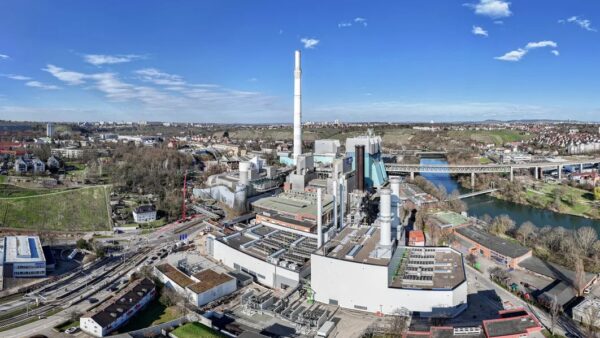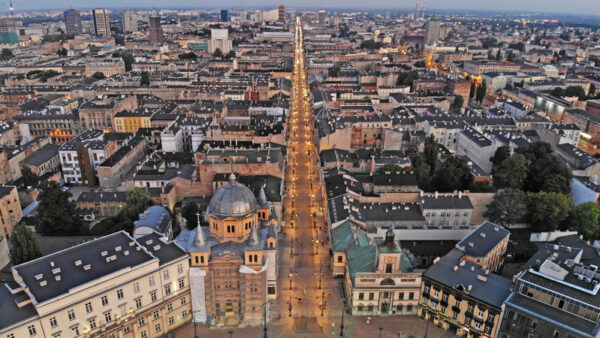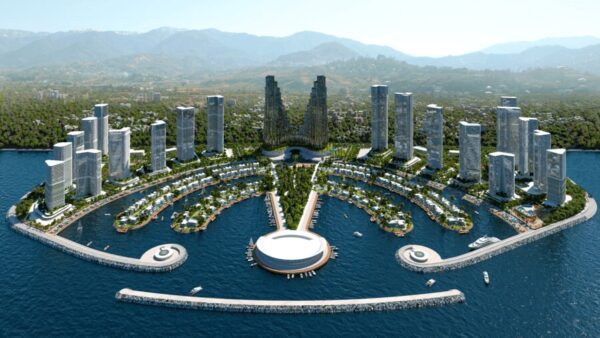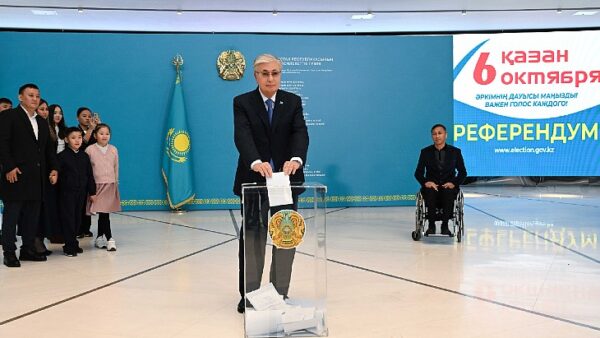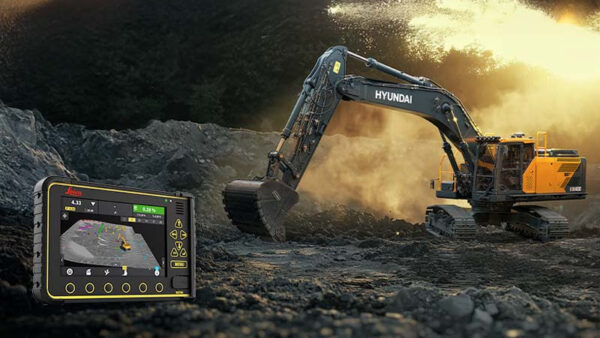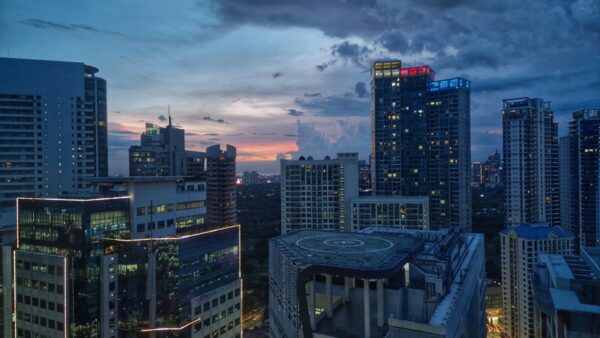
JR Central president Shunsuke Niwa said during a discussion at the transport ministry that it would still launch a maglev service “as soon as possible”, however another executive at the meeting suggested that this meant a delay until 2034 or later.
The main issue facing the 290km line is political opposition from Heita Kawakatsu, the governor of Shizuoka Prefecture, who has opposed the construction of the line in his domain on account of its possible environmental impact.
This may not be a factor in future, as the governor, who has been in power for 15 years, announced on Monday that he would resign.
This follows a wave of complaints following a speech in which Kawakatsu told newly-hired officials that they were “intellectual people”, unlike “those who sell vegetables, raise cattle and make things”.
Work on the “Linear Chuo Shinkansen” has been underway since 2014.
It is intended, eventually, to connect Tokyo and Osaka.
Unlike conventional Shinkansen trains, which trace the coastline, the maglev will go straight through the south Japanese Alps, with as much as 90% of the 500km length made up of tunnels.
The project has almost been derailed by Kawakatsu’s opposition, which has denied builders access to a 9km section of the line.
The line was intended to be rolled out in two phases, with the Nagoya leg set for 2027 and the Osaka extension in 2037, however it now seems that the first phase will open at least seven years late.
JR Central announced in April 2021 that it expected the first phase to cost $64bn, a rise of almost $14bn on the original cost estimate.
It said the rise has been caused by higher-than-expected costs for building certain complicated segments, as well as earthquake-proofing measures and the removal of excavation waste.
When – and if – the full line enters service, it will cut travel time between Tokyo and Nagoya from about 2.5 hours to 40 minutes and shorten the journey to Osaka from 3.5 hours to 67 minutes.
Further reading:





